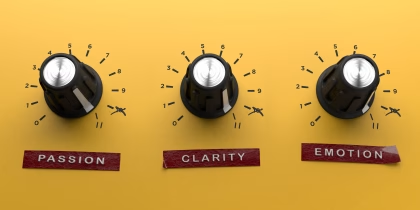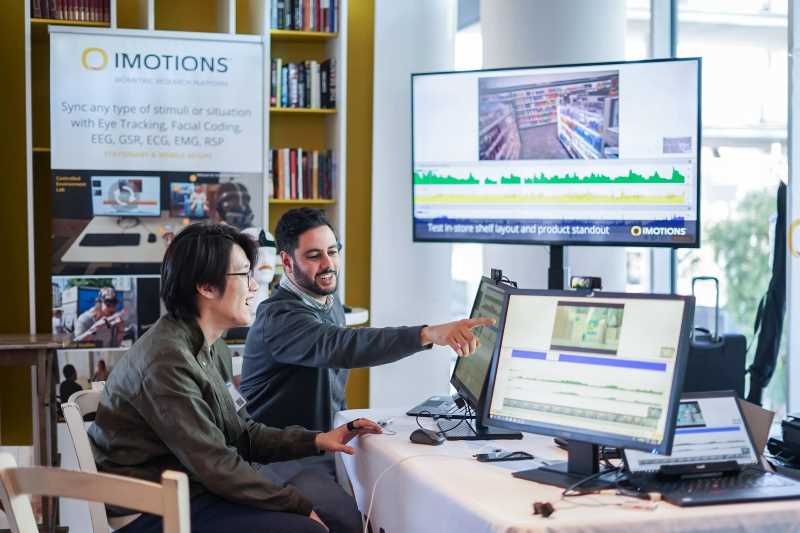Background:. Usability plays an important role in user experience and directly influences users’ satisfaction and overall perception of the IT solution. A combination of subjective and objective evaluation methods can increase the overall usability assessment. Methods: This paper presents a comparative analysis of eye-tracking and survey data that provided a comparison of the graphical user interfaces (GUIs) of three popular operating systems (OSs), Linux, macOS, and Windows, in terms of usability, efficiency, and overall user experience. The study was conducted on a group of over sixty participants using eye-tracking technology and System Usability Scale (SUS) surveys. Several metrics were applied based on features related to eye tracking and task completion. Raw data, including fixations and saccades, was used to generate scan paths and heat maps, enabling objective measurement of respondents’ aggregated attention intensity and gaze patterns. Results: The results revealed particular usability issues that significantly confuse users or make the system difficult to use. Although Linux and macOS differ significantly in interface design and functionality, these objective distinctions were not reflected in users’ mean subjective assessments. Median score analysis suggests that Windows and Linux were rated similarly, while macOS consistently ranked lower. Conversely, in objective performance measures, Linux demonstrated the poorest outcomes, whereas Windows performed best in perceived usability. The results suggest that users rely on familiar interaction patterns and spatial memory, which may explain inconsistencies linked to prior experience with Windows. In detailed primary OS-specific analysis, Linux and macOS demonstrate relatively stable outcomes, whereas Windows shows greater variability.
Related Posts
-

Your Menu Is Your Most Powerful Marketing Asset
Consumer Insights
-

Measuring Pain: Advancing The Understanding Of Pain Measurement Through Multimodal Assessment
Ergonomics
-

Feeling at Home: How to Design a Space Where the Brain can Relax
Ergonomics
-

Why Dial Testing Alone Isn’t Enough in Media Testing – How to Build on It for Better Results
Consumer Insights



